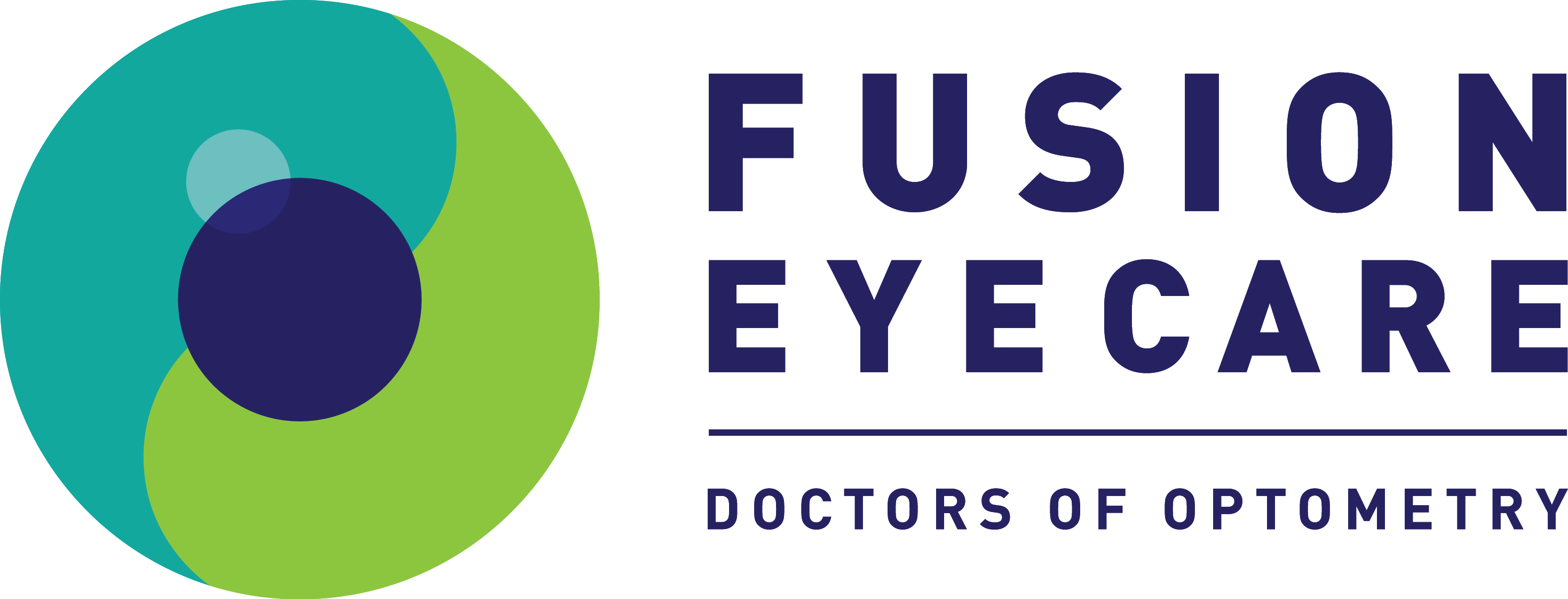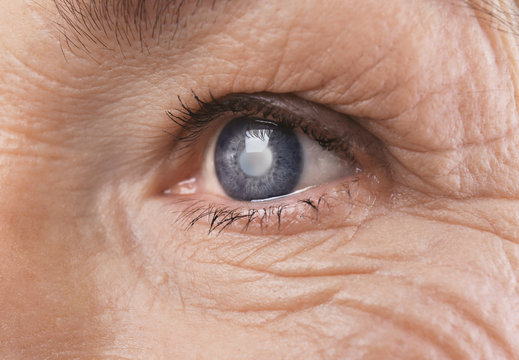- November 18, 2022
- byzbrand
- Comment: 0
- Uncategorized
Cataracts are the result of the normally clear lens in your eye becoming cloudy. They can vary from extremely small areas of cloudiness to large opaque areas that cause a noticeable reduction in vision. Cataracts happen to almost everyone as they age, and are most often found in those over 60. If a child is born with a cataract, it is referred to as congenital.
Cataracts may develop slowly over many years or they may form rapidly in a matter of months. They develop without pain or redness. A full eye exam with an optometrist can determine if you have cataracts.
Symptoms of Cataracts
- Is your vision blurry or foggy?
- Do you have decreased night vision or see halos around lights?
- Do colours appear dull or muted?
- Do you feel as if there is a film covering your eye, but repeated blinking does not make it go away?
- Does sunlight or other light seem overly bright or glaring?
Prevention
While no one presently knows how to prevent cataracts, you can slow their growth by wearing sunglasses that protect from UV rays and eat foods rich in antioxidants.
Antioxidant rich foods include:
- Small red beans
- Blueberries
- Pecans
- Red berries like cranberries, strawberries and raspberries
- Prunes
- Apples – Red delicious, Granny Smith and Gala
- Artichokes
- Dark green veggies like kale and broccoli
Treatment
In the early stages of a cataract, where vision is minimally affected, your optometrist can sometimes prescribe new lenses for your glasses to give you the sharpest vision possible. When the cataracts start to interfere with your daily activities and glasses cannot improve this vision, your optometrist will refer you to an ophthalmologist (eye surgeon) who may recommend the surgical removal of the cataracts.
Your optometrist will co-manage the treatment of your cataract(s) pre- and post-surgery with the ophthalmologist.
Cataract surgery is a very safe and effective procedure to remove the cloudy crystalline lens from the eye and replace it with a clear implant. However, there are risks and limitations that should be discussed with an optometrist or ophthalmologist prior to undergoing the procedure.
Recent studies have shown that cataract surgery outcomes can be enhanced if patients treat any dry eye or tear film issues prior to being measured for their intraocular implants. For more information click here.
During cataract surgery, the old cloudy lens is removed and an intraocular lens implant is inserted in your eye that serves as a new lens. Sometimes the lens implant can give you good enough distance vision that you may not need glasses. However, your near vision will still be blurred, so you will likely still require glasses to read. Your optometrist will prescribe new lenses for your glasses about four weeks after surgery to maximize your distance and near vision.
Other vision challenges that might be addressed during cataract surgery
Astigmatism
If you have worn glasses or contacts all of your life you may have an astigmatism. It is one of the most common vision issues. About one-third of all contact lens or glasses wearers have an astigmatism.
What causes an Astigmatism?
With a healthy normal eye, the shape of the cornea is spherical. This allows light to pass through the lens without distortion. With an astigmatism, the cornea has more of an oblong shape, like an oval. This makes objects appear blurry or unfocussed.
Treatment
Almost all levels of astigmatism can be optically corrected with properly prescribed and fitted eyeglasses or contact lenses. Laser surgery may be an option for appropriate cases.
Presbyopia
As we age, we have difficulty seeing things up close without using reading glasses. This is called presbyopia.
Presbyopia occurs when your natural lens loses its ability to focus on object at different distances. As your eyes age, they lose this ability.
Treatment and Prevention
Presbyopia cannot be prevented because it is part of the aging process, but there are options for treatment. To compensate for presbyopia, your optometrist can prescribe reading glasses, bifocals, trifocals, progressives or contact lenses. Through recent technological advancements, you can also have surgery to address this condition.
Your optometrist will discuss your visual demands with you and perform other tests to determine the specific style of lenses that will allow you to see clearly.



Leave feedback about this